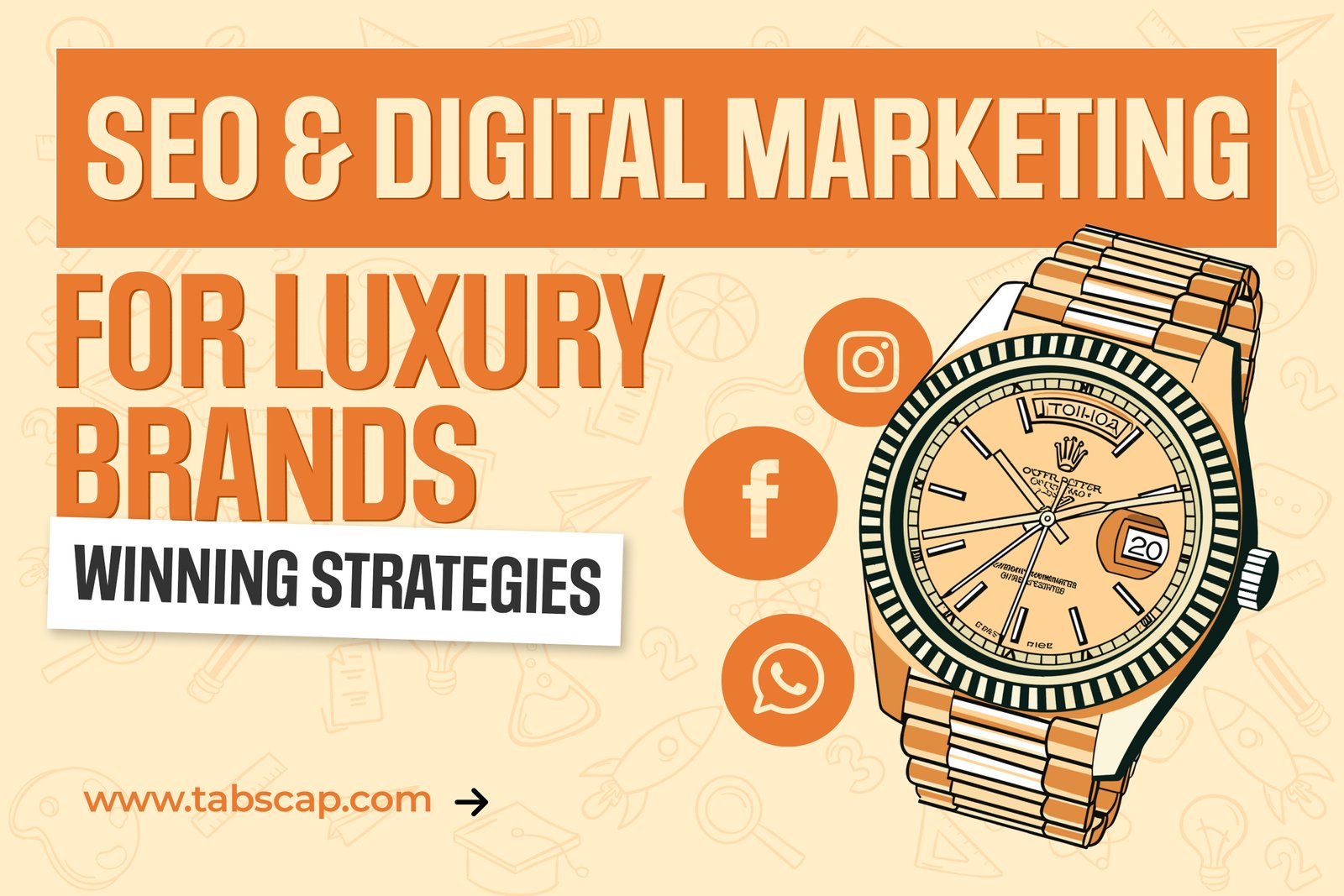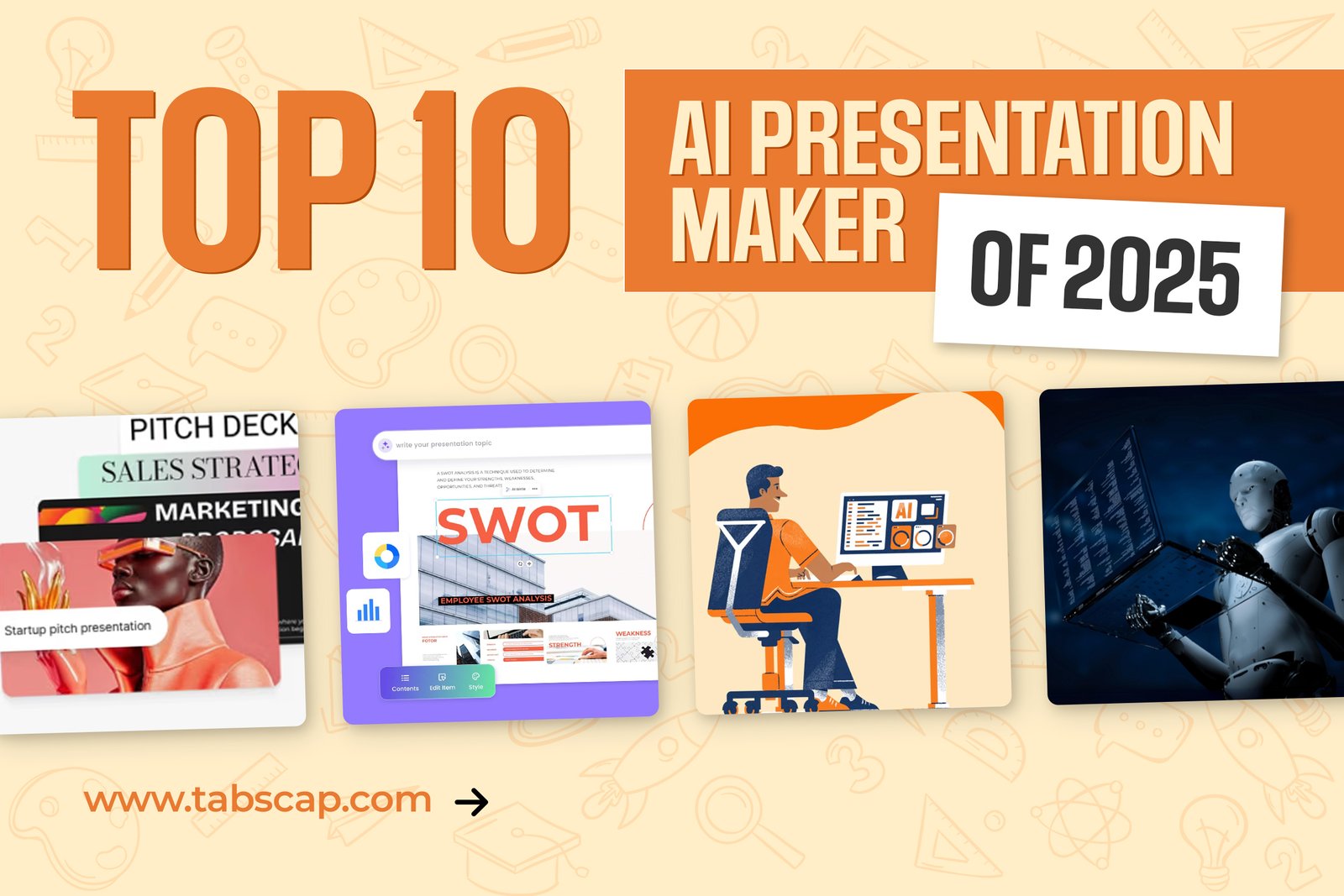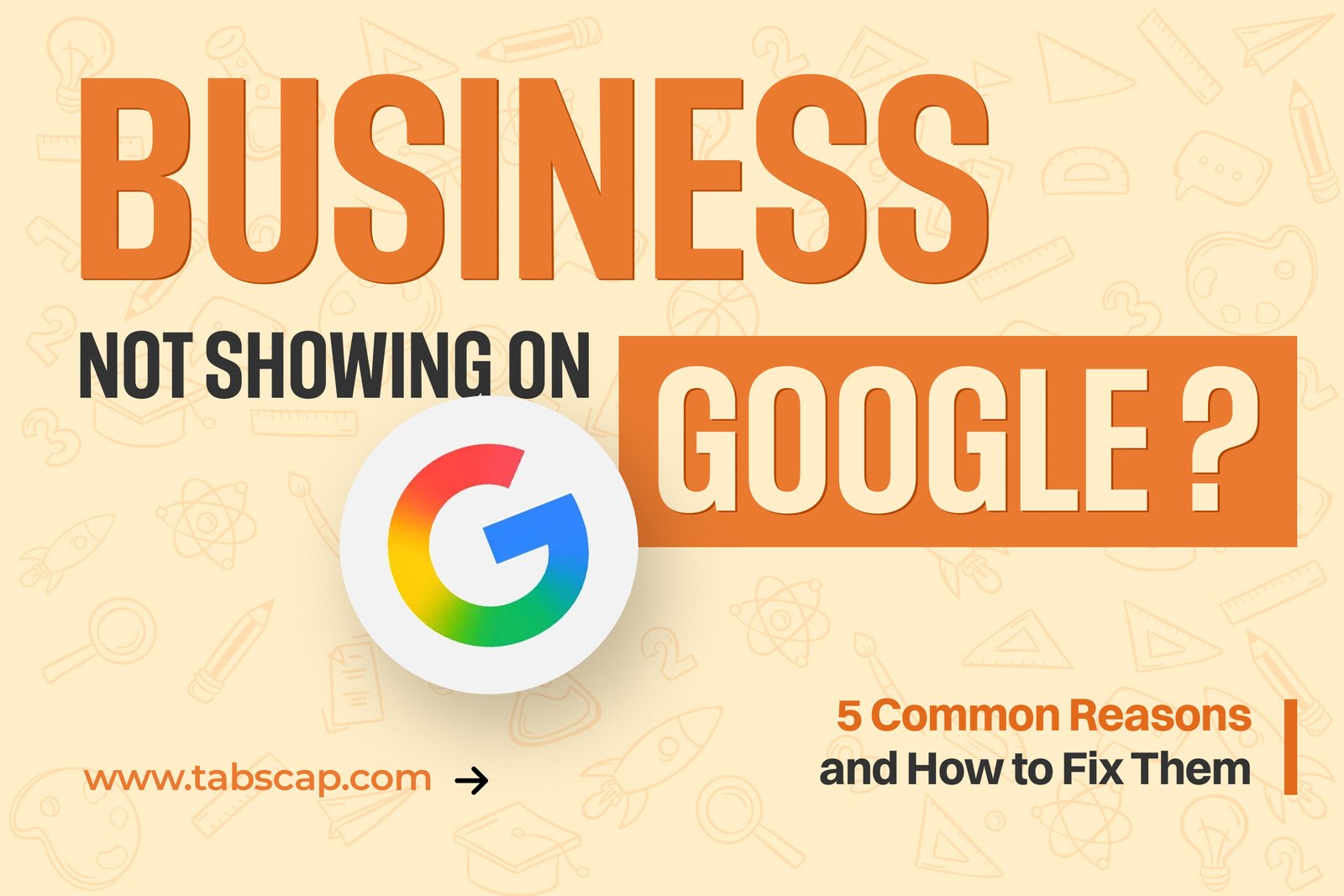

The conversion funnel is the process by which a visit to our website becomes a real customer. The less pronounced the funnel, the better you are carrying out your inbound marketing strategy.
For this reason, if you have an online store, paying attention to the conversion funnel is essential to know if our value proposition is attractive to potential customers if our website is well designed if it works correctly and what points we could improve.
The first thing you should know is that the marketing funnel is not the same as the sales funnel. While the first measures the process that goes from the launch of the campaign until the business opportunity is achieved, the sales funnel covers the process from when we detect that business opportunity until the visit becomes a customer or not. Both together give rise to the conversion funnel in which we can find three well-differentiated phases.
Phase 1: TOFU (Top of the Funnel)
It corresponds to the visits that our website receives through the marketing actions we carry out, both those of Inbound Marketing (Attraction Marketing). In short, all the actions that attract traffic for our online store. To prevent our bounce rate from skyrocketing and customers leave in the first seconds, the design of our online store must present a good structure and be attractive, simple, intuitive, mobile-friendly, etc. But all this is not enough if it is not accompanied by good offers and credibility probably provided by external elements (Trusted Shops, Testimonials, etc.) Also, the content of our website must transmit the right message and connect with users so that they choose us and not any of our competitors. Those brands that achieve success are those that have soul, charisma, and are remembered. It is the sensations that we manage to transmit and reach the hearts of consumers that will make us the chosen ones.
Phase 2: MOFU (Middle of the Funnel)
If we get our visitors to feel attracted to leave us their contact information, at least, for example with a Popup Exit-Intent installed that detects when a user is going to leave the store and captures them with a discount coupon to be exchanged in 48 hours. Then we have achieved a lead or potential client with whom we can then start recruitment campaigns through remarketing actions or directly with email marketing. For this, it is necessary to offer an added value to the user such as an eBook, receive our newsletter, exclusive promotions, discounts, etc. In this phase, email-marketing strategies are very important, since they allow us to maintain contact with the client for an extended period.
Phase 3: BOFU (Bottom of the Funnel)
This is the most complicated phase of the conversion funnel since it is the moment in which the customer makes or not the purchase decision. It is the point at which we have managed to awaken their interest in buying or we have analysed their behavior on our website well, or it is the consumer who already enters with the intention of buying and the website meets their expectations. In this phase, we must design a simple, well-designed purchasing process that generates trust and security. In addition to cross-selling strategies by showing, you related products so you can buy more. In any case, what is important is the web analysis that you carry out. Measuring your actions is what will help you optimize processes. Something that is not so much in numbers as in thinking and creating business strategies, which can be applied to any sector.



